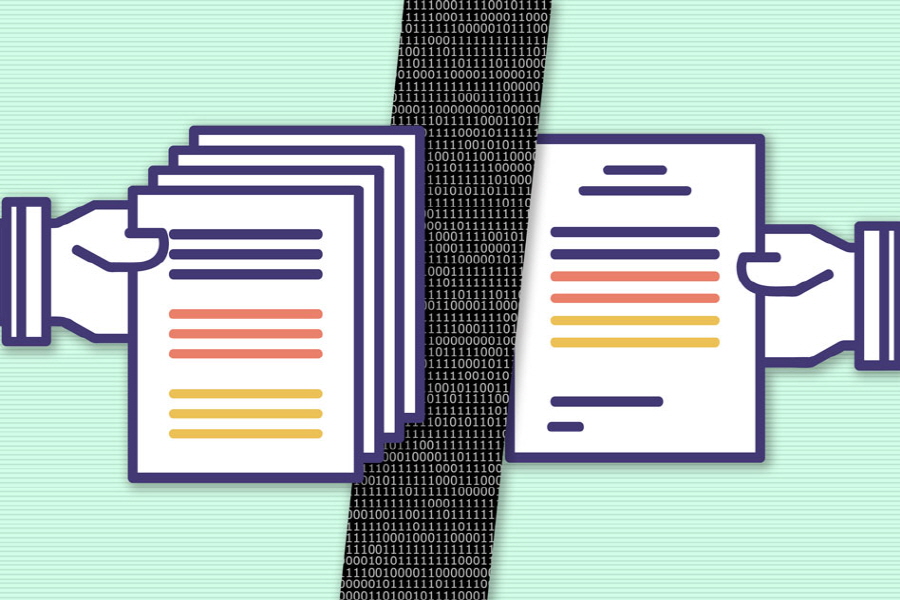
The MIT research team has read an intricate article in a professional journal and released an AI that summarizes the sentence easily for readers who do not have a scientific background.
MIT graduate students Rumen Dangovski, Li Jing and physicist Professor Marin Soljačić have developed an AI that summarizes a few articles in one or two sentences. The sentences that AI can generate are so short that you can not make an article like a real science writer. However, it can be helpful to preliminarily grasp what to read lightly when reading many papers.
The researchers originally intended to use AI to solve the physical problems. It does not focus on the treatment of abstracts. However, the researchers found that the method could be applied not only in physics but also in other areas, including natural language processing.
General neural networks evolve by learning patterns for many cases. For example, neural networks are widely used in systems that identify objects photographed in a photograph or extract certain objects from photographs and voices. Neural networks, on the other hand, are not easy to select and connect information from long sequence data. This ability is one of the skills required for a career, such as a science writer who sums up and summarizes the information needed in a long paper. LSTM networks are used to solve problems, but they have not been able to bring natural language processing to a practical level.

The team has devised a system based on a vector that is based on a rotating vector in a multidimensional space instead of a system based on matrix multiplication used in existing neural networks. The system is called the rotational unit of memory (RUM).
RUM is said to be effective in helping neural networks remember elements and to remember elements more accurately. The RUM was originally designed to solve complex physics problems such as light behavior, but the researchers found that the RUM was useful in other areas, such as natural language processing.
In natural language processing, RUM expresses each word appearing in a sentence as a vector in a multidimensional space. In a sentence, a word is a line with a specific length and a specific direction. The sentence is displayed in the theoretical space with thousands of dimensions, and the final vector outputs the sentence.
In summary AI using the LSTM network, the researchers then read and summarized a paper on a type of roundworm infected with the animal called “Baylisascariasis”. This summary is repetitive and not practical.
Let’s read the same article using the RUM. This summary is much more readable and repetitive than the AI summary using the LSTM network.
Experts point out that linking related factors, which are spatially separated in AI, is a fundamental and important problem, and says that this study does not solve all the problems, but it shows positive results for the tasks such as Q & A, text summaries and associations . For more information, please click here.

